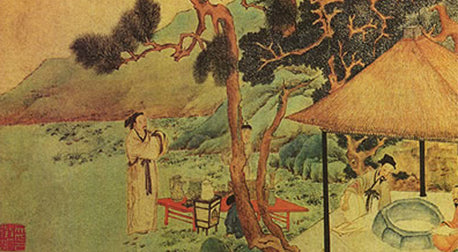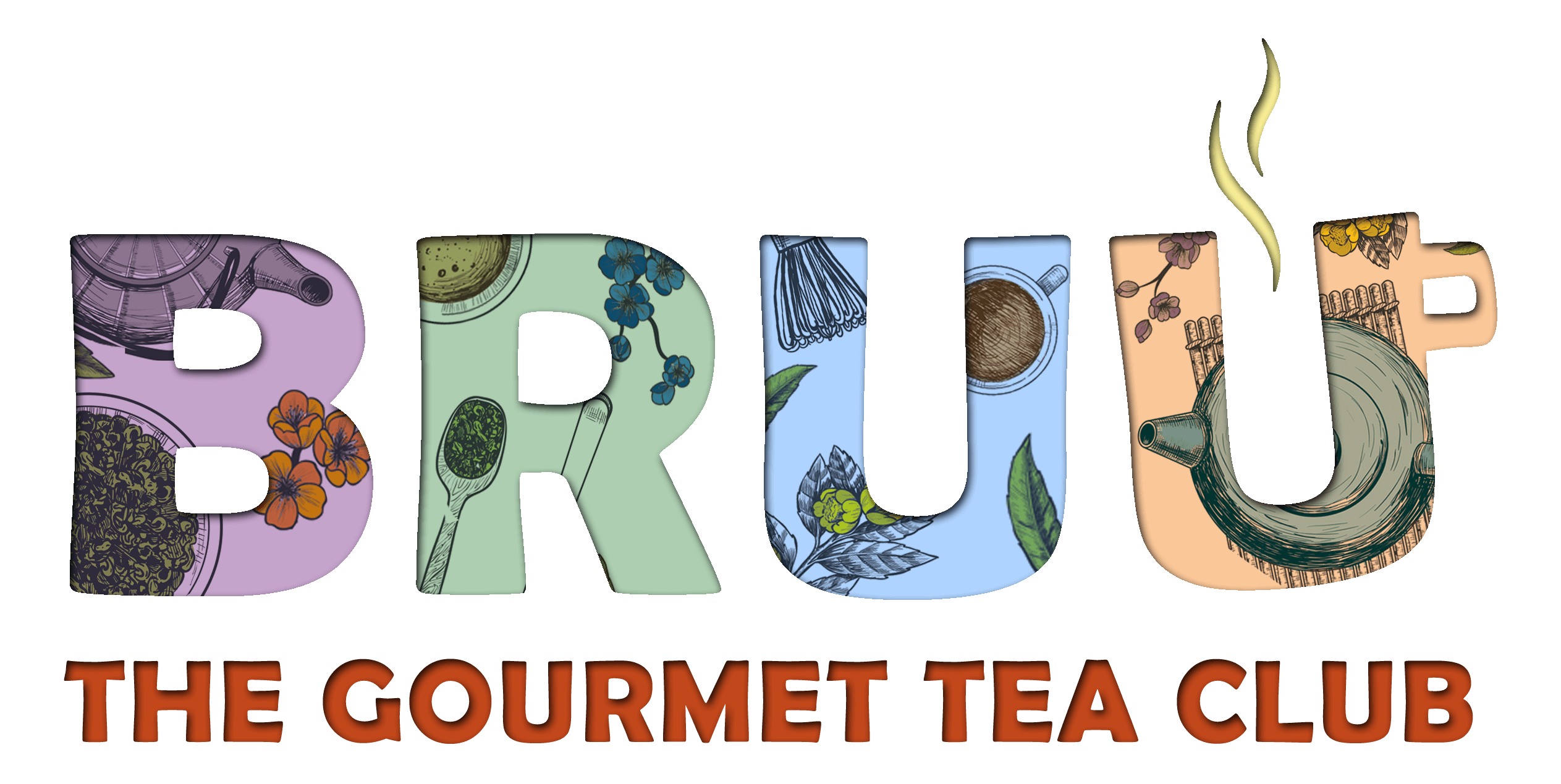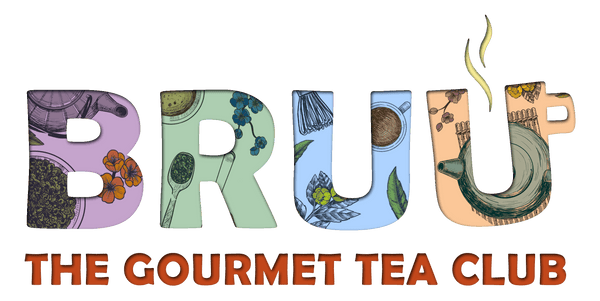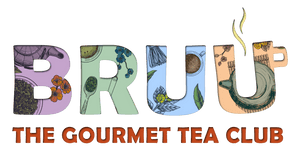The Birth of Tea

How tea was discovered?
Tea is a universal drink around the world. We have different styles, blends and different regions giving their unique spin and flavour to the tea. Here at BRUU, we love to share our teas with members around the world, but it got us thinking - how was tea discovered? Where did the whole idea of tea originate? We’re going back to ancient China with its mystifying landscape and beautiful culture to go and discover, buckle in!
‘’Ancient folklore tale placed the creation of the brew at 2737 BC when a camellia blossom drifted into a cup of boiled drinking water belonging to Emperor Shen Nung. However, most scholars credit a reference found in Erh Ya, an ancient Chinese dictionary, dated about 350 BC.’’
Tea has been a pillar of Chinese culture since before the third century. The actual word tea in China ‘’Cha’’ is the root of various words associated with tea around the world and still holds strong associations with Buddhism. It was also considered a powerful medicinal drink.
The tea plant Camellia Sinensis originated in the lands between northwest India, north Burma, southwest China and Tibet. This plant was introduced to more than 52 countries form this origin area. Tea is considered of the seven necessities of the Chinese way of life along with oil, salt, vinegar, firewood, rice and sauce - not tomato sauce!
Tea was an important commodity during the Song Dynasty, tea farms at the time covered 242 counties. This ranged from more luxury teas such as tea from Zhejiang and Fujian which was also used as a tribute tea - more on that later.
Chinese tea, up until the mid-17 century was green tea. As foreign trade grew, the Chinese discovered that they could preserve their tea leaves with a special fermentation. The result of this was Black Tea. (If you would like to read more on fermentation please click here.)
The birthplace of tea
The Yunnan Province has been identified as the Birthplace of tea. That leads us to the knowledge that China is said to be the home of the world largest cultivated tea tree, called Jinxiu Tea Tree which is 3,200 years old. Laozi, a Chinese philosopher was said to describe tea as the froth of the liquid jade. Essentially claiming it to be in some for an elixir of life.
Legend has it that master Lao was saddened by society's moral decay, and sensing that the end of the dynasty was near, he journeyed westward to the unsettled territories, never to be seen again. While passing along the nation's border, he encountered and was offered tea by a customs inspector named Yin Hsi. Yin Hsi encouraged him to compile his teachings into a single book so that future generations might benefit from his wisdom. This became known as the Dao De Jing, a collection of Laozi's sayings.
The Hongwu Emperor in 1391 issued a decree that only loose tea would be accepted as a tribute. What came of this is that tea production took a big shift back to loose leaf tea and processing techniques advanced greatly in this time. Techniques that were achieved in this time was more energy-efficient methods of pan-frying and sun drying. The last group to adopt loose leaf tea was the Literato who were reluctant to change their considered refined culture of whisking tea until the invention of oolong tea. By the 16th- century, loose leaf tea had completely wiped out earlier versions of powdered tea.
If you would like to learn more about the history of tea and explore its rich history why not try out our Tea Academy. The UK's first online tea academy that's free. Complete our online modules and by the end, you will be a true tea 'infuriate - receiving a 'BRUU Accreditation' for all your hard work. And do check all our teas from China and enjoy




Leave a comment